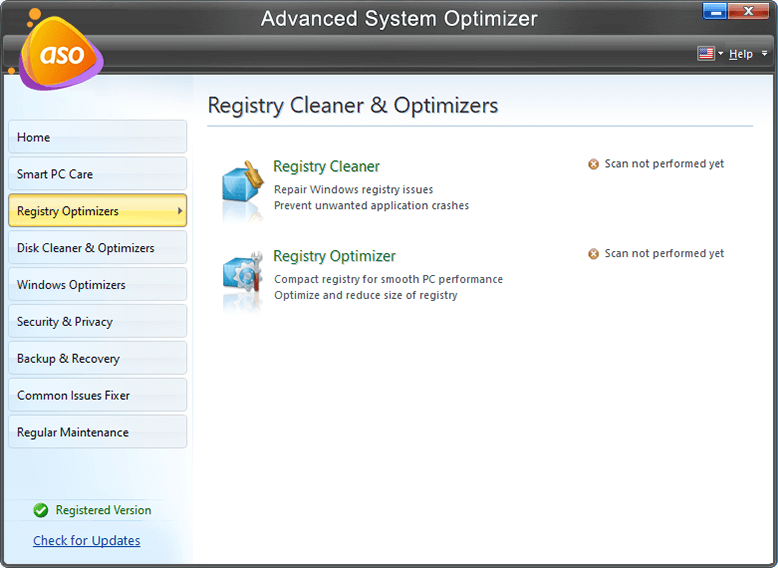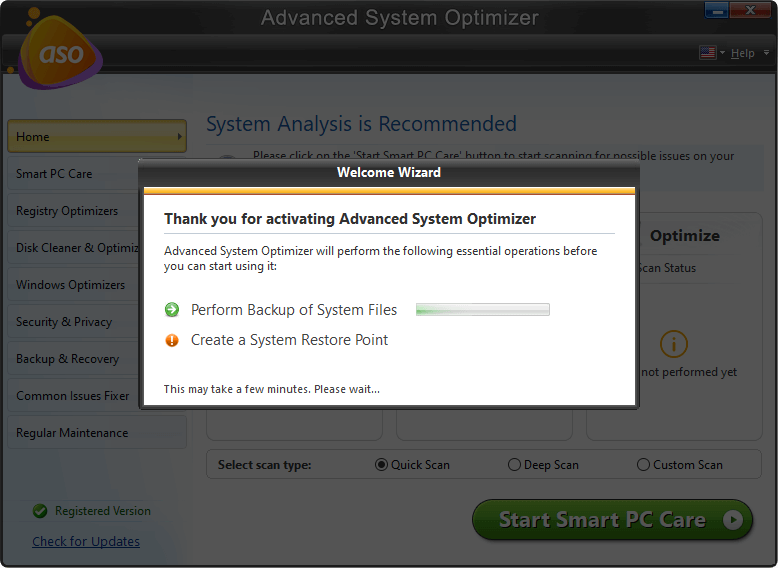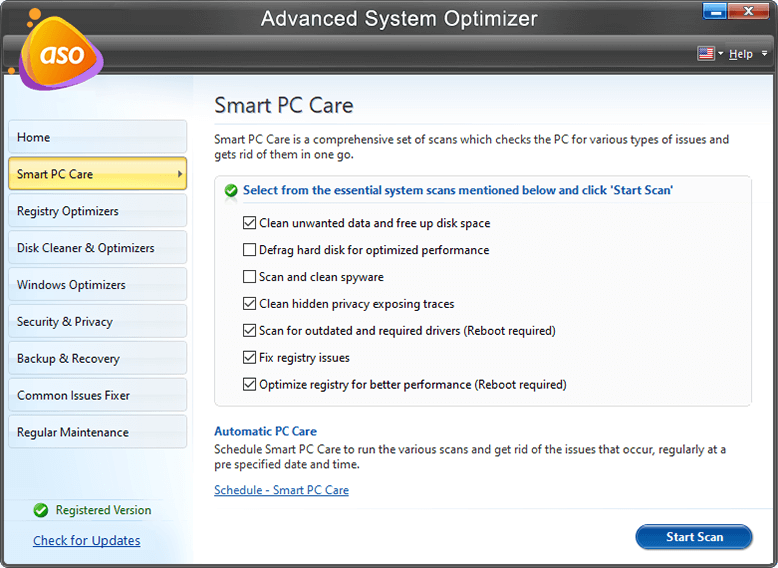Do you like working on a slow and sluggish PC? I don’t think anyone wants that, at least not me. Therefore, I have a habit of checking Task Manager & know about processes that take the most CPU power. I recently found Windows Audio Device Graph Isolation (Audiodg.Exe), consuming almost 100% CPU usage instead of this.
Since you are reading this blog, it seems you, too, have encountered high CPU usage due to Audio Graph Isolation. Indeed, this process is notorious and goes heavy on your PC. But, there’s nothing to worry about. Here, in this article, we will explain how to fix Windows Audio Graph Isolation CPU usage.
In addition to this, if you are facing issues due to Appx Deployment Service And How To Fix High CPU Usage, ApplicationFrameHost.exe, Host Process For Setting Synchronization In Windows 10, we’ve got it covered too.
What is Windows Audio Device Graph Isolation?
First thing first, Windows Audio Device Graph Isolation is not a virus. It is a safe file and is used as the audio engine allowing third-party apps to play sound on the PC. In simple words, we call it digital signal processing. If that is the case, then why does audiodg.exe cause problems?
Don’t rush; we will come to it, but we will answer a few questions before that.
Should we disable Windows Audio Device Graph Isolation?
Even after knowing this file helps play sound, you still want to disable it? Well, to be truthful, it’s a bad idea. Once you disable Windows Audio Device Graph Isolation, your operating system can go mute. Which I don’t think sounds great, right?
But if you just want to know can we disable Windows Audio Device Graph Isolation or not, the answer is Yes. If you face high CPU usage or any other problem due to audiodg.exe, you can try disabling it to resolve the problem.
How to confirm if Windows Audio Device Graph Isolation is Safe or Not
By checking the location of the process, you can confirm if it is infected or not. To do so, press Ctrl+Shift+Esc. This will open the Task Manager here, look at the Audio Device Graph Isolation file, and check the location. It should be in the C:\Windows\System32 folder. If it isn’t there, it’s most likely infected.
For this, you can use the following ways.
How to fix Windows Audio Device Graph Isolation High CPU usage on Windows 10?
Here are the best ways to fix the Windows Audio Device Graph Isolation High CPU usage issue.
1. Check your PC for infections
If Windows Audio Device Graph Isolation is consuming too much of the CPU resources, chances are your PC is infected. Many a time, malware disguises as Windows Audio Device Graph Isolation hence you face problems. Therefore, to fix problems created due to audiodg.exe, we suggest running a deep and complete system scan for infections.
For this purpose, you can use any of the best antivirus tools available in the market. However, our recommendation is to use a tool that offers security features and complete PC optimization. For this, we advise using Advanced System Optimizer. Offered by Systweak, this PC optimization tool provides a malware cleaner module, and it is called System Protector. Using it, you can clean all types of infections. Another good thing about this best PC optimizer is that it helps recover storage space, clean duplicates, recover deleted files, and perform many other operations.
To use this amazing tool, follow the steps explained below:
1. Download and install Advanced System Optimizer
2. Launch the product on your Windows operating system
3. Click Security & Privacy option present in the left pane

4. Select System Protector, open it > hit Start Scan Now.
5. Wait for the scan to finish.
 6. If your system is infected, it will show a list of infected files.
6. If your system is infected, it will show a list of infected files.
7. Click Fix Now to get rid of infections
8. Reboot the system and check the Audio Device Graph Isolation problem should be resolved.
Note: If no infections are found, it means Audio Device Graph Isolation is not infected, and your PC is clean. So, move to the next solution.
2. Disable sound effects
If Audio Device Graph Isolation is legitimate, let’s try making some changes to sound settings. This trick surely helps resolve high CPU usage issues.
To do so, follow the instructions given below:
1. Click the speaker icon present in the system tray.
2. Select Sounds
4. Right-click Microphone > Properties
5. Click Enhancements and checkmark the box next to Disable all enhancements.
Hopefully, this resolves the audiog.exe issue on Windows 10.
3. Update Audio Drivers
No luck so far? Don’t get disheartened. It seems the problem is related to audio drivers. Hence, we will need to update corrupt drivers and fix the Audio Device Graph Isolation. To fix this problem, we can use the Driver Updater module offered by Advanced System Optimizer or can update them manually.
To learn how to update drivers manually, click here.
Steps to update drivers using Driver Updater
1. Launch Advanced System Optimizer

2. Click Windows Optimizer & Driver Updater

3. Click Start Scan Now, wait for the scan to finish.
4. Afterward select the driver to update and click Update Selected Drivers.
Restart the system to bring changes into effect.
Now check the system. You should no longer face Windows Audio Device Graph Isolation error.
With that said, these are the best 3 ways to fix Windows Audio Device Graph Isolation on Windows 10. You can use any of the above steps. In addition to this, we suggest using Advanced System Optimizer, the best PC cleaning tool. This will help optimize Windows and boost system performance. We’d like to know the method you used and your feedback on Advanced System Optimizer.









 Subscribe Now & Never Miss The Latest Tech Updates!
Subscribe Now & Never Miss The Latest Tech Updates!
Chris Smith
There are a lot of portals that claim that Audiodg.Exe is a virus? is that correct?